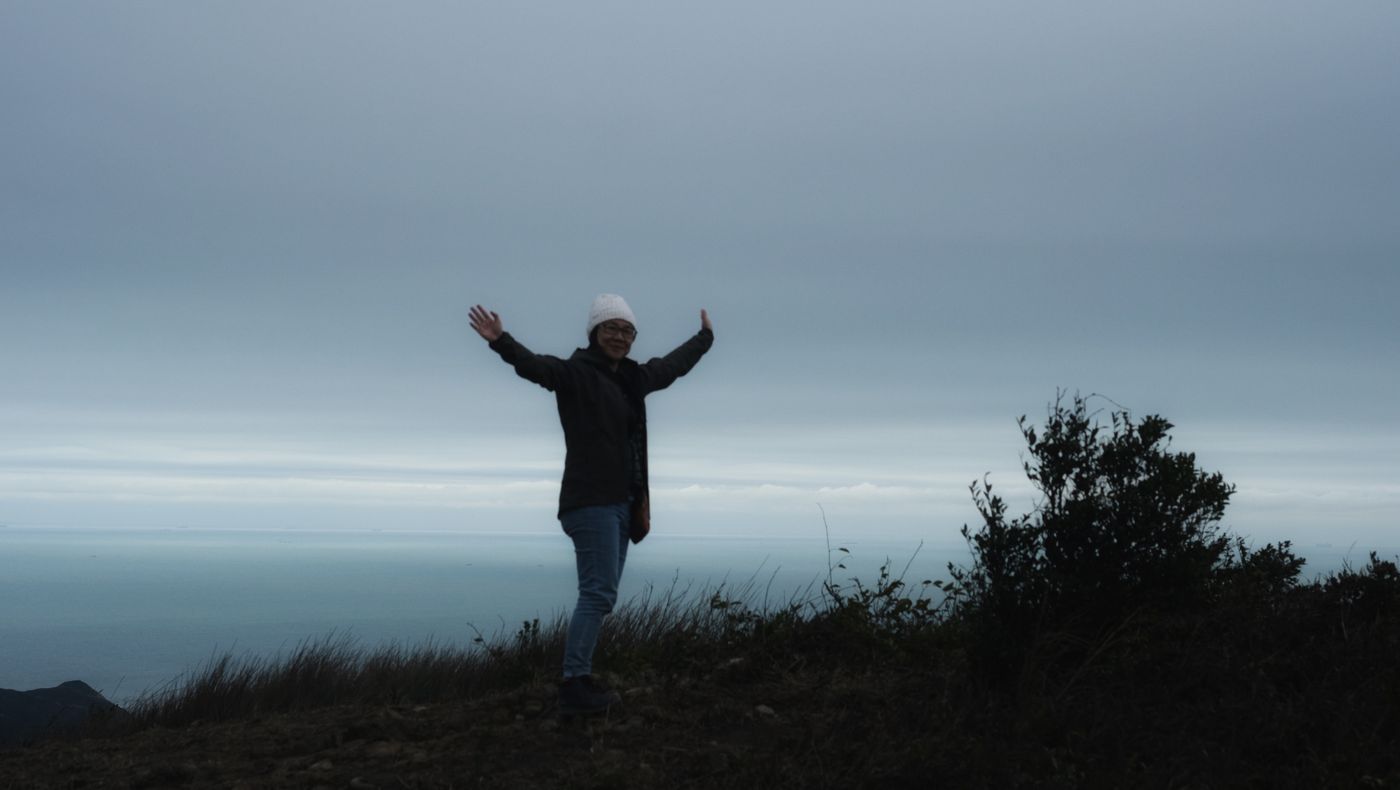S for Somatics

Text: Mountain
This year, the biggest growth theme God gave me was S for Somatics.
Somatics, literally translated as "mind and body science", refers to the connection between the body and the mind, starting from the body, understanding and healing oneself. The Greek root word soma is used, because the word body has been miserably alienated, degraded as a stinky skin, materialized as a machine, or commercialized as a consumer product.
If it weren't for the work of the Trauma Alumni Association, seeing "Body Keeps the Score" (Body Keeps the Score, introduced in this book before), I would resist this mysterious subject, which is too mysterious.
To say it is too mysterious may be because we are too ignorant of the body. I also shared that this year I was determined to cherish my body, and I found a skeletal adjuster to check this strained body. He asked a question that I still don’t know how to answer today: "How do you communicate with your body?" Later, He introduced me to a course that still confuses me: the "Feldenkrais method" (Feldenkrais method), which pushed me into an unfamiliar field of mind and body.
First of all, the name Feldenkrais, I can't get it right, and I can't pronounce it. It is even more unclear why this founder of mind and body studies designed exercise courses. You want to start from the idea, but the instructor wants you to feel your own body. He often asks you: What is the difference between the left and right bodies? Are your hands long? Is the person tall? Feeling relaxed and happy? At first, I was a little speechless, and my rational mind couldn't bear it, but I closed my eyes and felt it, and my body, which I thought was rigid, was flowing and changing, which was surprising.
It is also not like other stretching or muscle training courses, where the potential is stimulated in extreme pain. On the contrary, the movements are too simple, and the teacher does not give difficult demonstrations, but only guides them. Sometimes ask you to breathe, or lie on your back, or sleep on your side, lift your hands, or swing your feet from side to side. For the same simple movement, try different focus points repeatedly, first left and then right. At first, I tried my best to make the movements perfect, but the instructor said: "Don't be so hard, save your energy, hea a little; don't be so fast, slow down, rest, let your brain learn .”
She even asked me to close my eyes and just use my brain to imagine the movement slowly. Unexpectedly, after imagining it, the movement is miraculously smooth.
Weird! This completely violated my existing common sense, and more importantly, challenged my self-cognition. I thought I was old enough to handle everything with ease, but who would have thought that I was "handling everything with ease". The instructor said that my muscle tone is extremely high, my shoulders are often raised, the back of my neck is tight, my head is tilted forward, and my teeth are clenched. It is no wonder that I have had shoulder pain for 20 years. The tenseness of my body has completely betrayed me, and the truth is hard to digest.
Because I couldn't digest it, I read Feldenkrais's book "The Elusive Obvious" in his later years, the introductory book of "Feldenkrais Method". He said in the preface: "This book has no intention of correcting you. The trouble with you and me is that we all try to behave correctly, as if we must, at the cost of suppressing our individuality with our own consent... The world's most The most important piece of advice is to know yourself.”
He knows himself from his body movements, because he believes that movements and self-awareness are closely linked. In the book, I was surprised to find the cause of my shoulder pain. In the chapter on "Body Patterns of Anxiety," he talks about how current circumstances or past painful experiences trigger inner processes that change the intention and manner of action. Emotional distress can be called "flexor muscles", or technically "flexor muscle contraction and extensor muscle inhibition". These movements will bring a sense of passive security, but after a long time, the extensor muscles will become weak, the hip joints and head will also lean forward, and the appearance of the whole person will be affected. Many people will use a strong will to control themselves, but what they can't get rid of is the sense of emptiness and fatigue in life, so they often want to seek excitement. Isn't what he said about my situation in the past twenty years?
How to deal with it? "Sense cannot replace vitality, and it is more suitable to respond by reflex and subconscious nerve activity." The author spent forty years first learning to recognize the subconscious movements of his body, what to do, and how to do it. Then teach others to cultivate awareness in sports, guide their own actions, and form a new pattern of cerebral cortex connections, so that they have the ability to do things in the way they want and present themselves.
This is probably what the "Feldenkrais method" is all about. It's very mysterious, because we are too ignorant of ourselves and our body.
So, S for Somatics.
Like my work? Don't forget to support and clap, let me know that you are with me on the road of creation. Keep this enthusiasm together!



- Author
- More